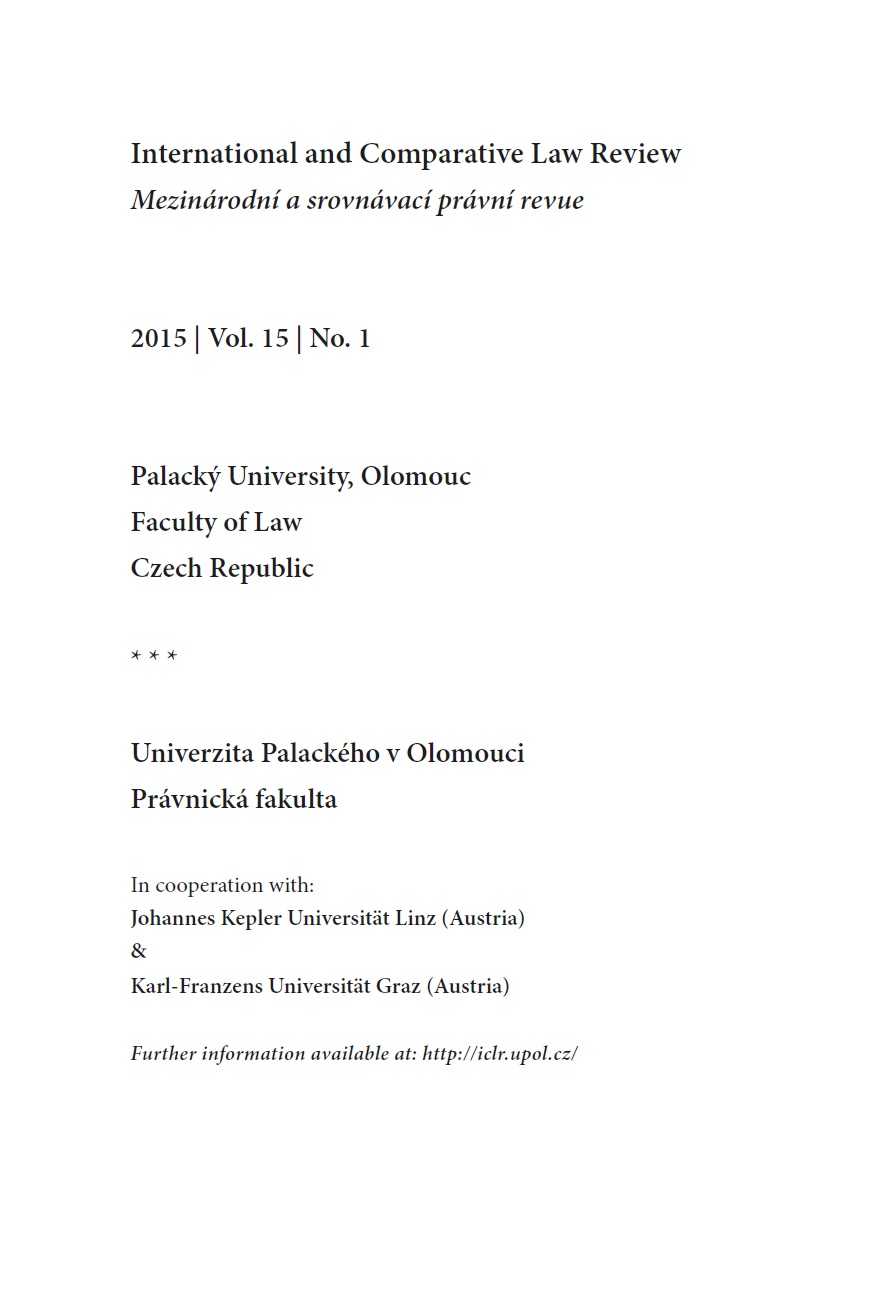The Equilibrium on Money Market and the Central Bank Issuing Policy
The Equilibrium on Money Market and the Central Bank Issuing Policy
Author(s): Richard PospíšilSubject(s): Law on Economics
Published by: Univerzita Palackého v Olomouci_1
Keywords: Finance; financial law; issue of money; monetary policy; monetary equilibrium; monetarism; Irving FisherICLR;
Summary/Abstract: The issue of money and establishing interest rates are the main activities of central banks. Through this, the banks immediately influence the behaviour of households, companies, financial markets and the state with the impact on real outcome, employment and prices. When monitoring the issue of money, it is necessary to focus not only on its volume, but also on the attributes and functions carried by money. Among the first economists who considered the quality monetary aspect were J. Locke, D. Hume, D. Ricardo and others. The founders of modern monetarism of the 20th century were I. Fisher and M. Friedman. Fisher was the first to define the equation of monetary equilibrium in the present-day form. The objective of the paper is to point out different approaches to the equation and its modifications and different meanings of its variables. As regards the monetary aggregate M – Money – the paper also deals with the denomination of the aggregate to its various elements, which is significant for fulfilling monetary policy targets. This approach is very important especially at present in the time of crisis when central banks are performing their policy considering contradictory targets of price stability and economic growth.
Journal: International and Comparative Law Review
- Issue Year: 15/2015
- Issue No: 1
- Page Range: 141-153
- Page Count: 13
- Language: English

